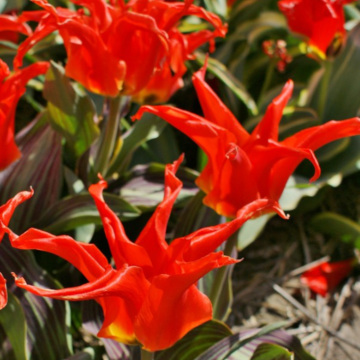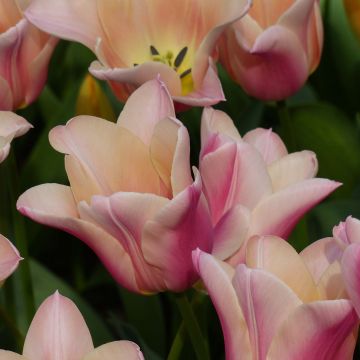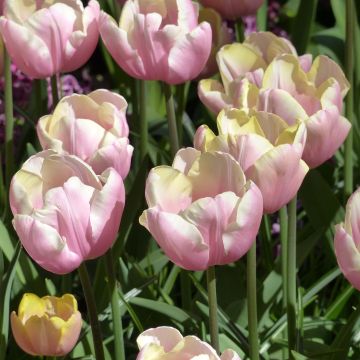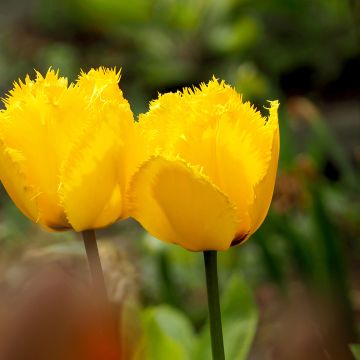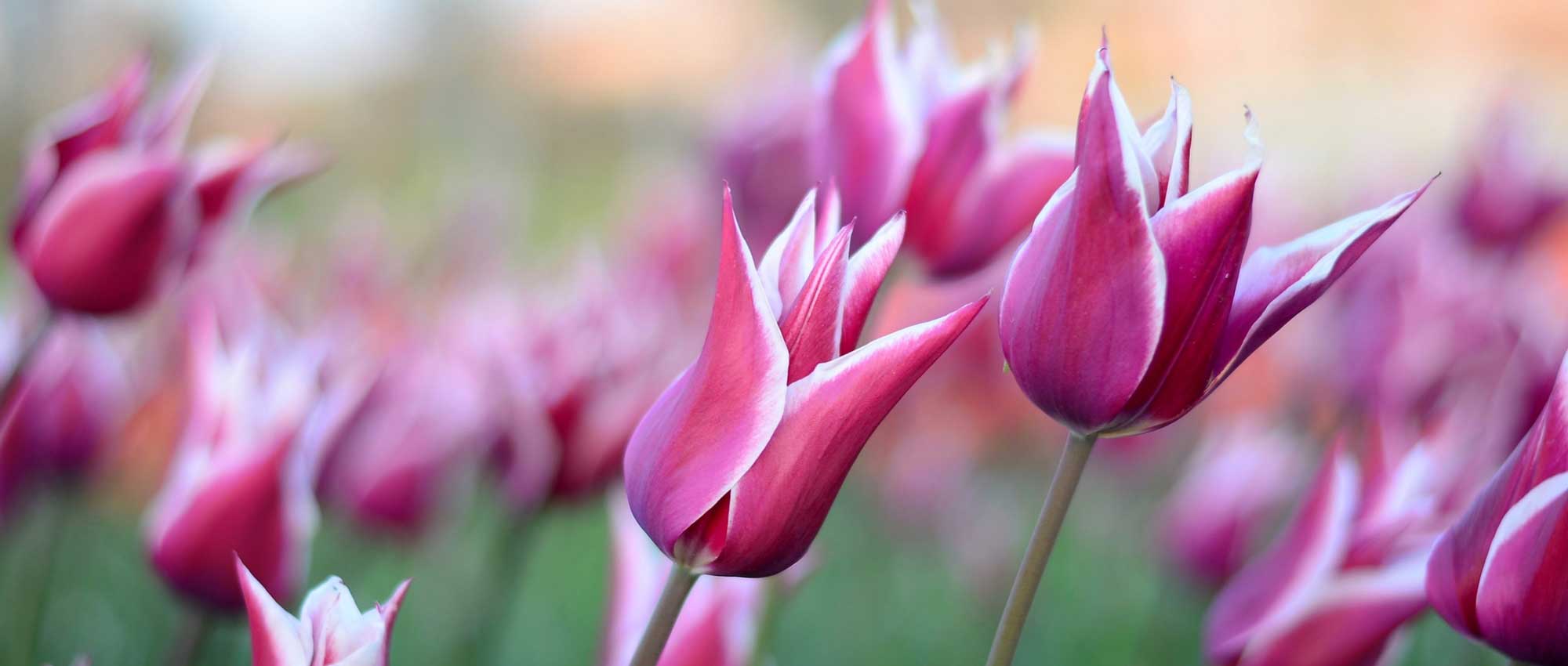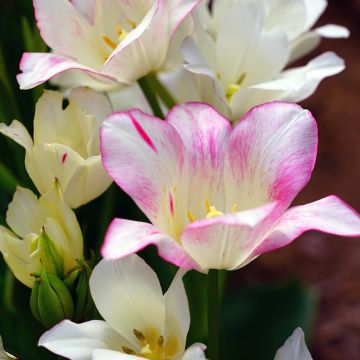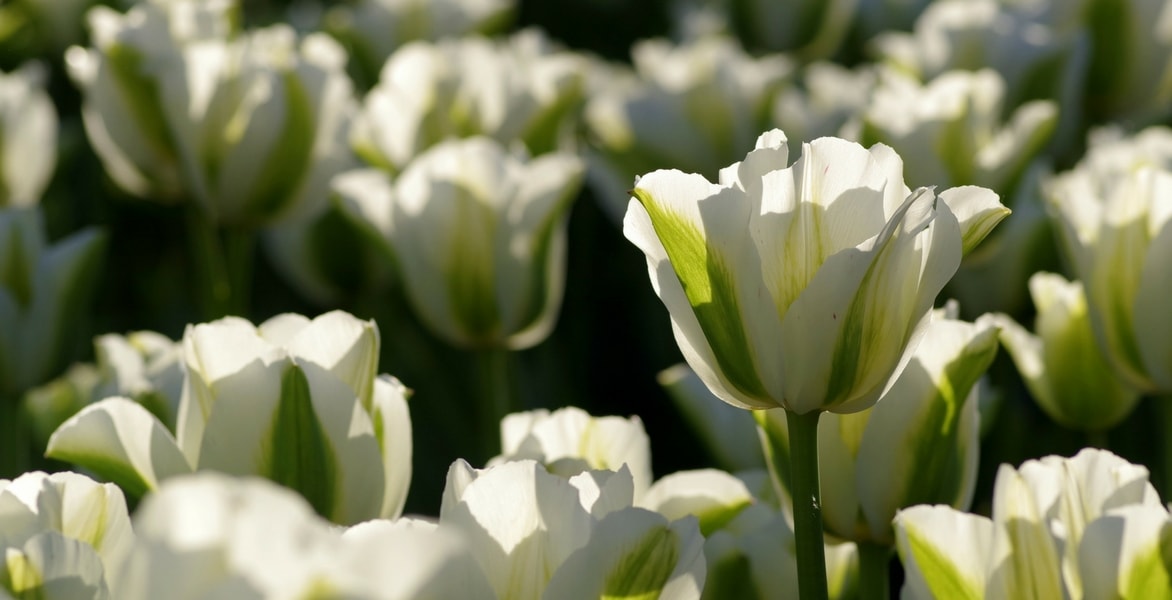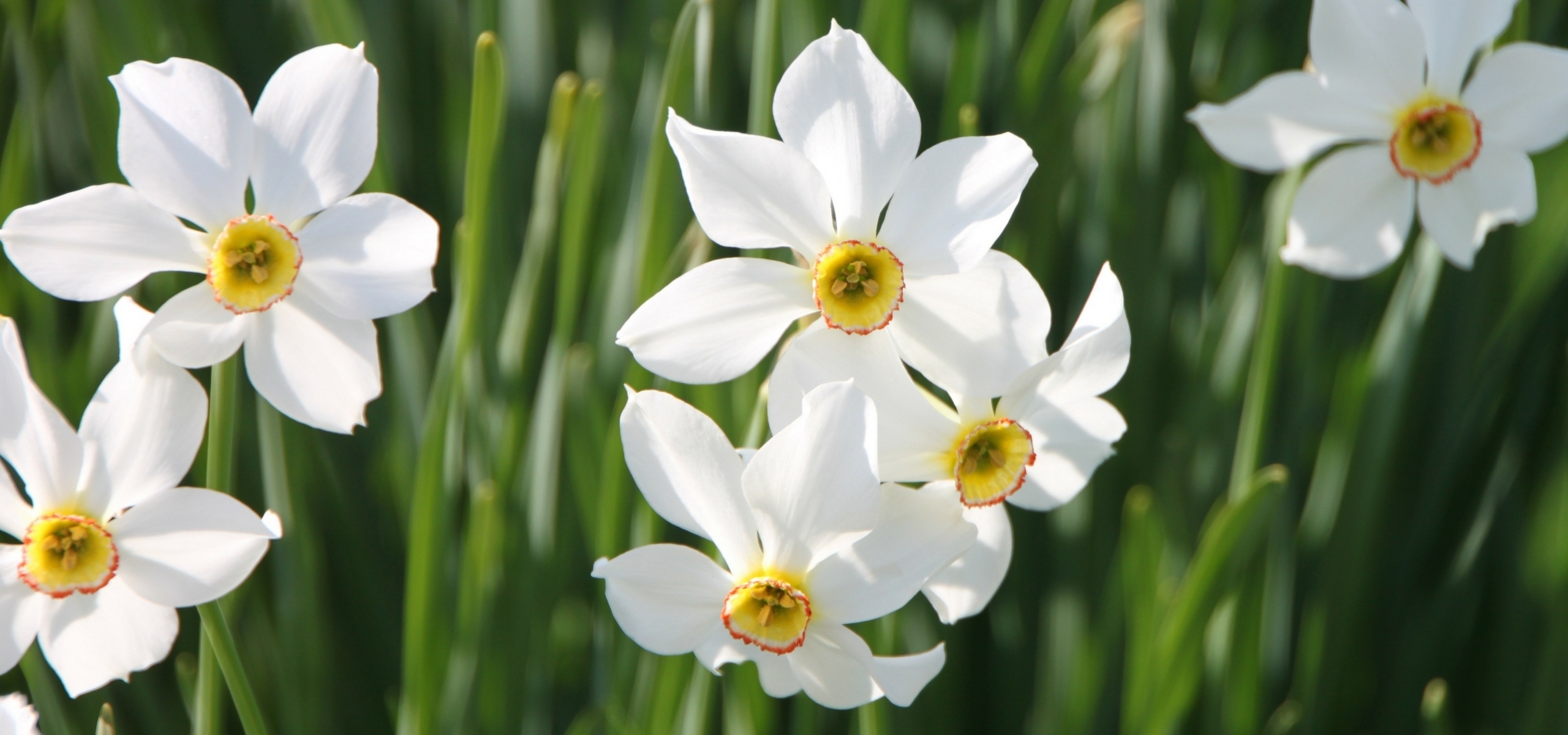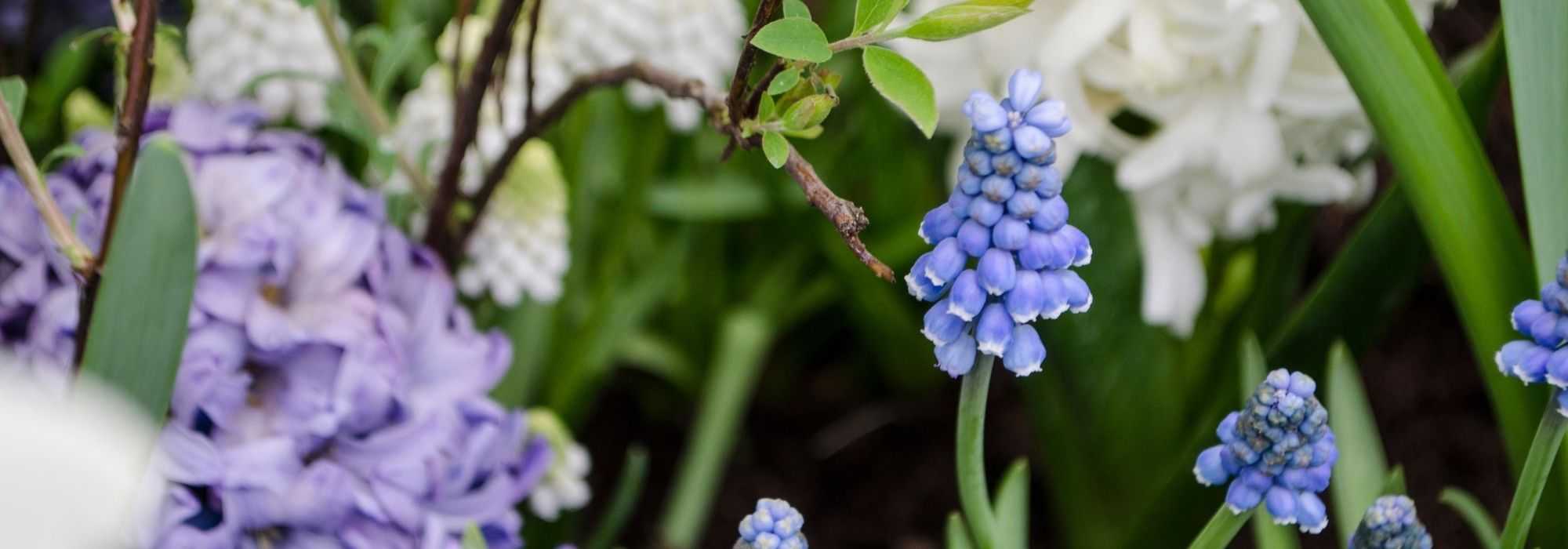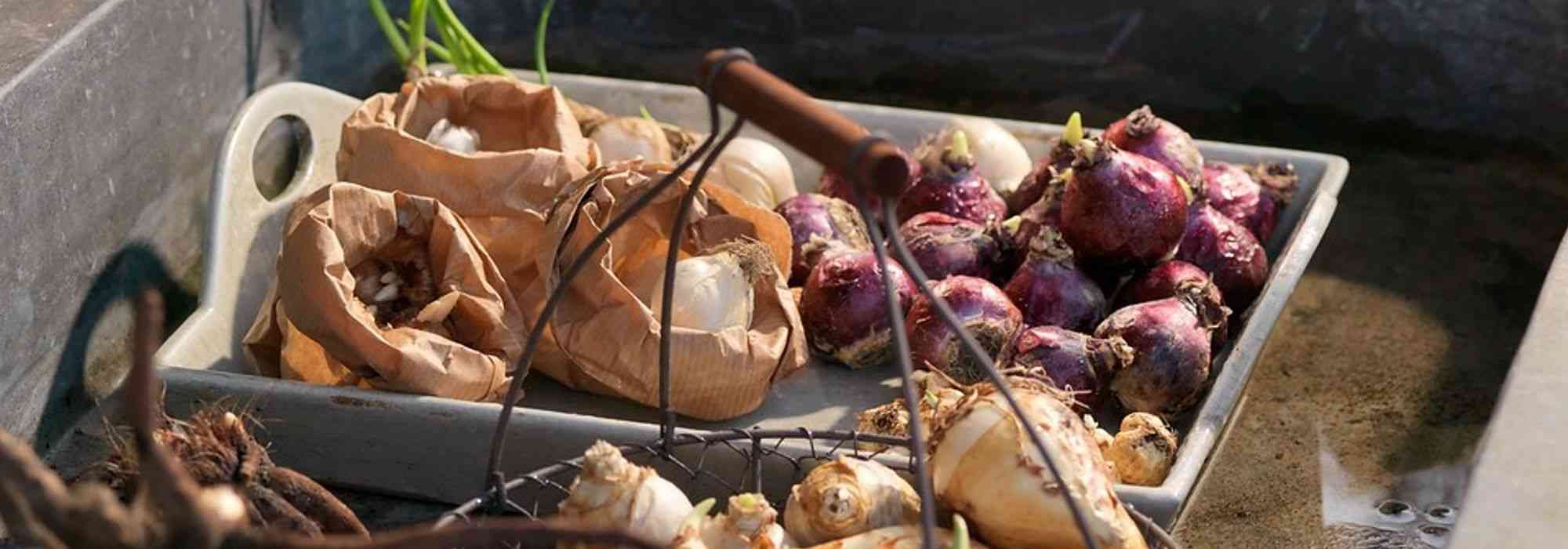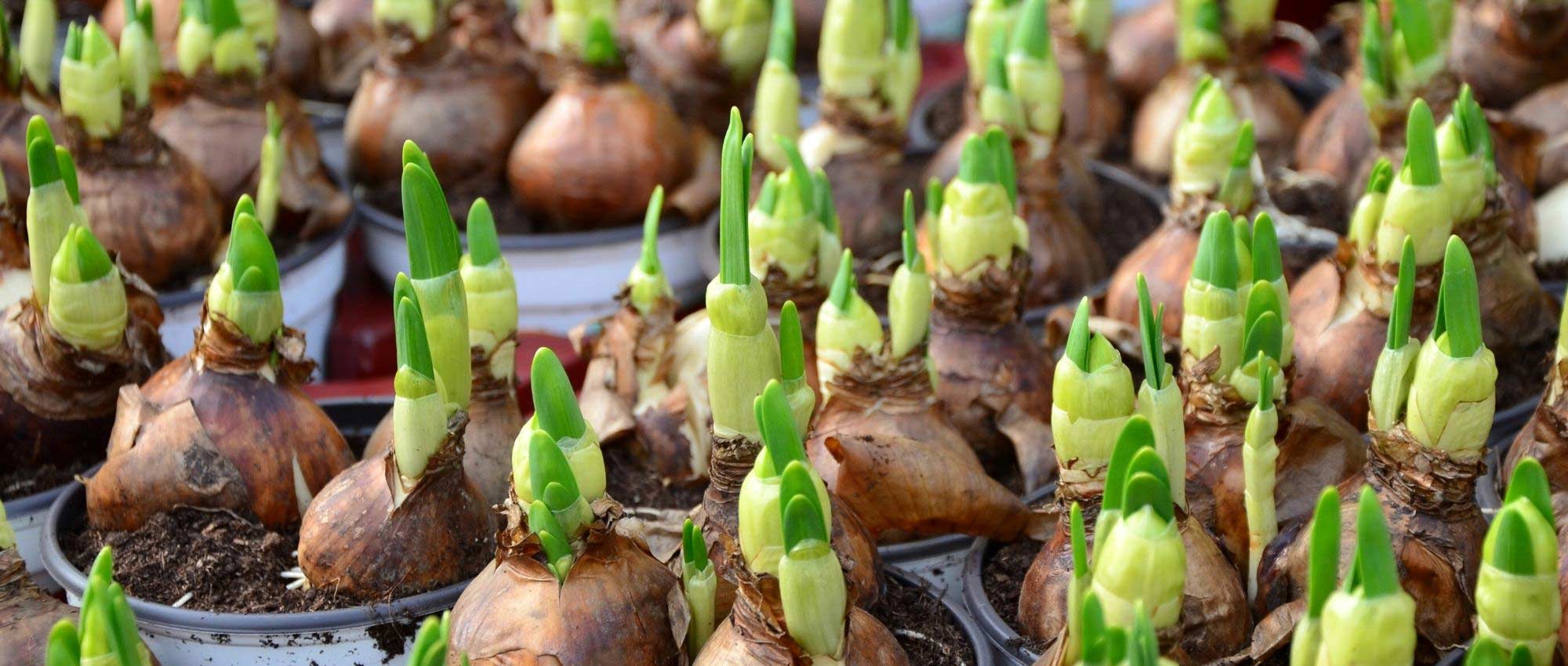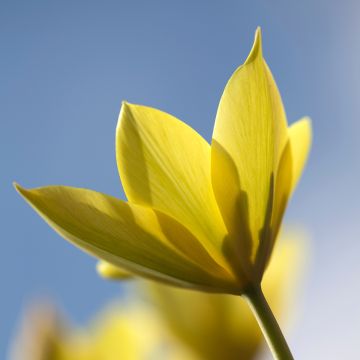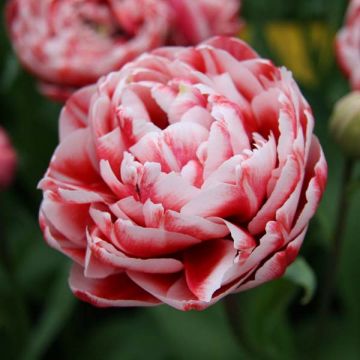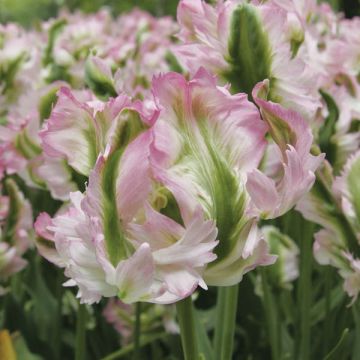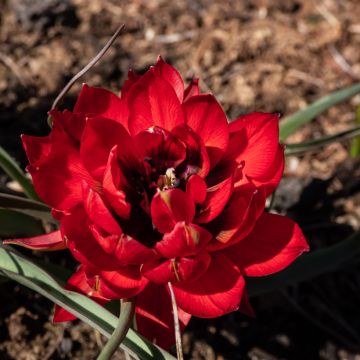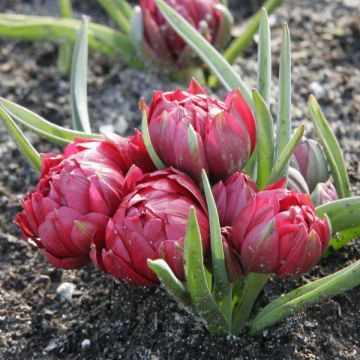

Tulipa Triumph Rajka - Triumph Tulip
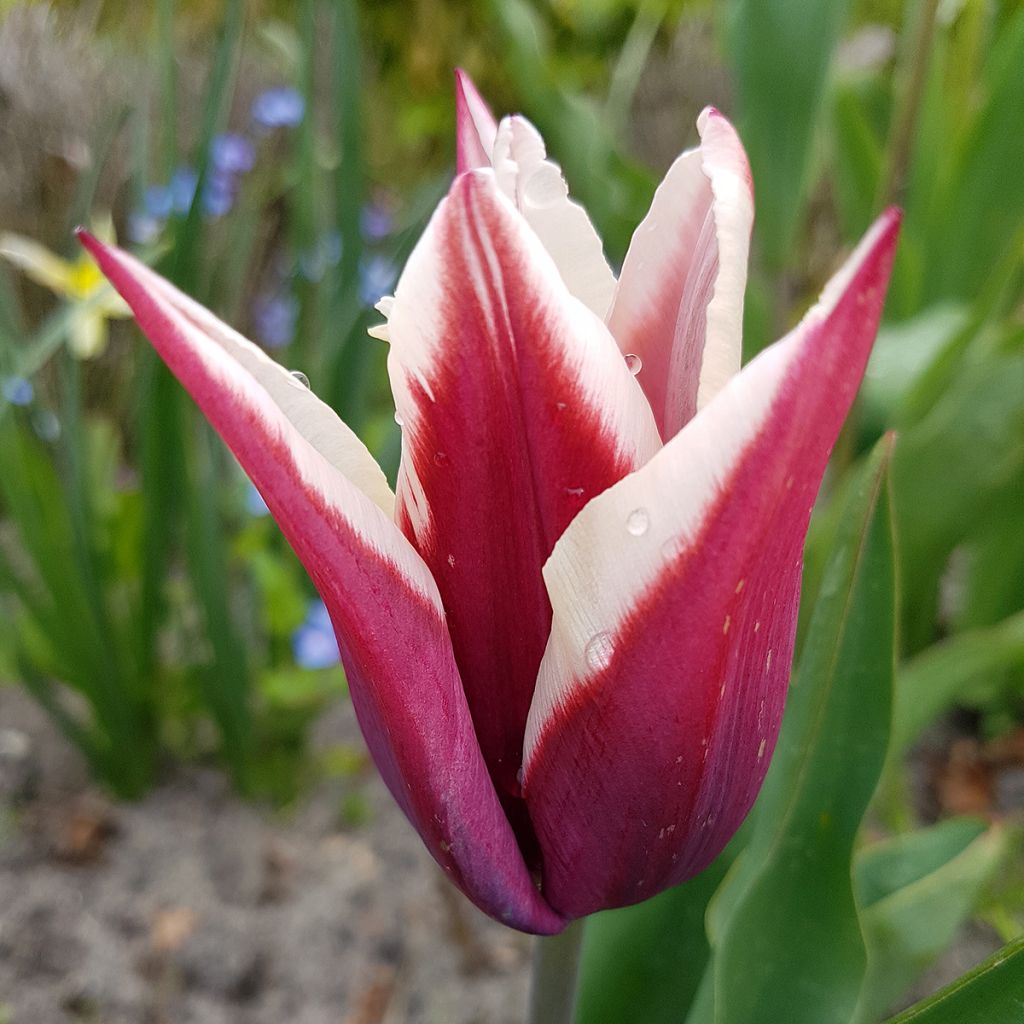

Tulipa Triumph Rajka - Triumph Tulip
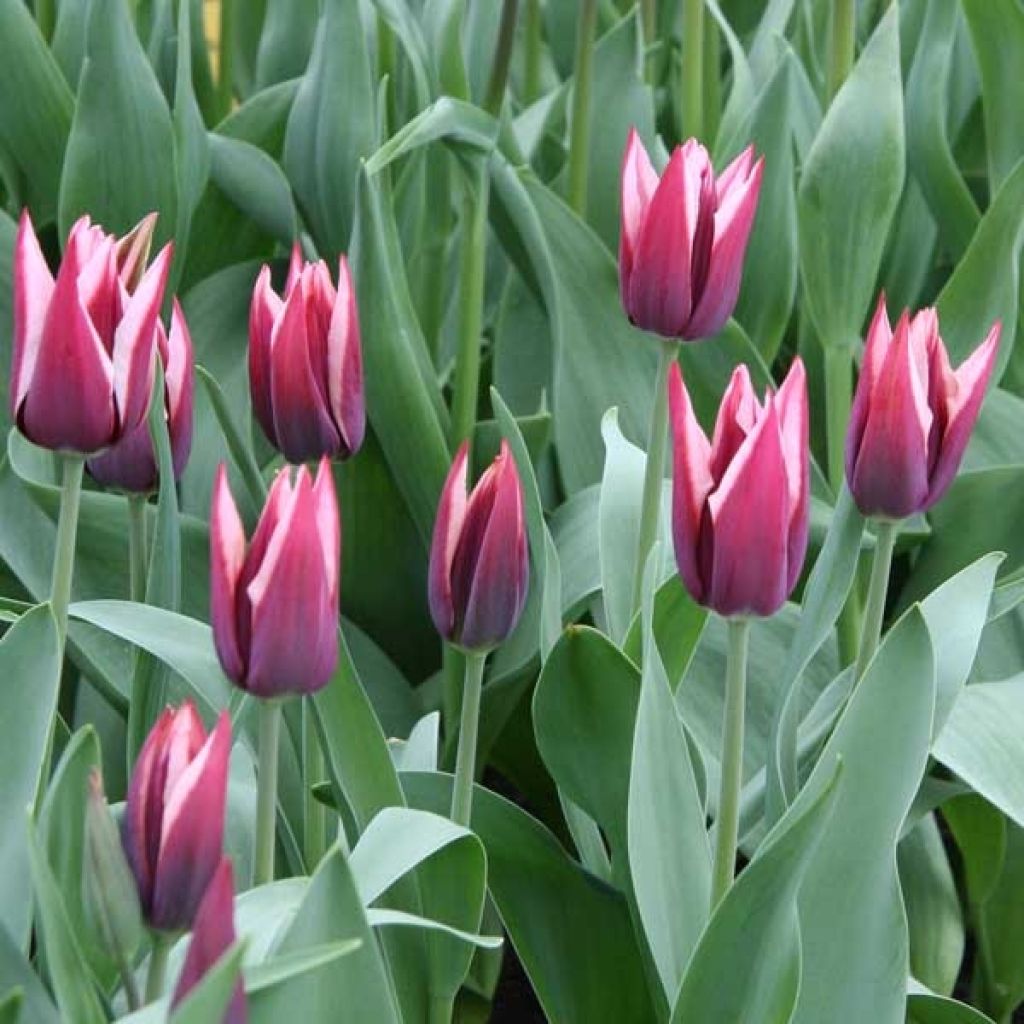

Tulipa Triumph Rajka - Triumph Tulip
Tulipa Triumph Rajka - Triumph Tulip
Tulipa Triumph Rajka
Triumph Tulip
Graceful and understated tulips, but, as mentioned above, not all bulbs have produced flowers.
Annie B., 10/04/2017
Special offer!
Receive a €20 voucher for any order over €90 (excluding delivery costs, credit notes, and plastic-free options)!
1- Add your favorite plants to your cart.
2- Once you have reached €90, confirm your order (you can even choose the delivery date!).
3- As soon as your order is shipped, you will receive an email containing your voucher code, valid for 3 months (90 days).
Your voucher is unique and can only be used once, for any order with a minimum value of €20, excluding delivery costs.
Can be combined with other current offers, non-divisible and non-refundable.
Why not try an alternative variety in stock?
View all →This plant carries a 6 months recovery warranty
More information
We guarantee the quality of our plants for a full growing cycle, and will replace at our expense any plant that fails to recover under normal climatic and planting conditions.
Would this plant suit my garden?
Set up your Plantfit profile →
Description
The Triumph Tulip 'Rajka' is an elegant spring tulip from the Triumph group with an original form, offering a slender habit on an upright stem with single cup-shaped flowers. It stands out with its intense purple hue edged with white, featuring pointed petals that open widely and point outward. Easy to grow, it thrives in well-drained soil and a sunny to partially shaded spot, with bulbs planted in autumn. Ideal for large flowerbeds, its cut flowers make beautiful bouquets for indoor vases.
The Tulip ‘Rajka’ belongs to the Liliaceae family. It is a modern cultivar from the Triumph group, likely resulting from hybridizations between Darwin and early tulips. Bred by Dutch horticulturist Jan de Wit, it boasts clean foliage and excellent vase life due to its sturdy stem. Like all cultivated tulips, it originates from the wild steppes of Central Asia (Pamir foothills, Tian Shan). The plant features a robust, upright stem with 4 to 6 alternate, fleshy, elliptical leaves, 10–15 cm long, deep green and deciduous after flowering. The flowers are solitary, with a regular cup of 6 tepals, measuring about 8 cm in diameter, deep burgundy-red edged with white and slightly pointed at the tip. The root system is typical of tulips: a globose bulb 4–6 cm in diameter, made of concentric scales, producing a taproot in autumn followed by lateral fasciculate roots during growth. The Tulip ‘Rajka’ may produce secondary bulblets after several years in situ. In flowerbeds, it reaches 50 cm in height with a spread of 20 cm, displaying rapid spring growth.
Planted en masse under still-bare trees or along hedges, the ‘Rajka’ tulip asserts its striking silhouette and intense colouring with almost architectural elegance. It works equally well in refined pots, either solo or paired with low-growing foliage, or as a border in spring flowerbeds, where its deep red edged with white beautifully contrasts with the milky paleness of the ‘White Marvel’ tulip, the soft pink of ‘Mistress’, or the smoky violet of ‘Negrita’. It’s best placed in dense clusters—never isolated—to create dynamic lines and a rhythmic visual effect. It complements structured scenes with silver foliage like stachys, chartreuse euphorbias, or white daffodils, crafting a subtle and lasting visual harmony in temperate gardens.
Plant habit
Flowering
Foliage
Botanical data
Tulipa
Triumph
Rajka
Liliaceae
Triumph Tulip
Tulipa Triumph Rajka
Cultivar or hybrid
Other Single Tulips
View all →Planting and care
Planting period
Intended location
Care
Planting & care advice
-
, onOrder confirmed
Reply from on Promesse de fleurs
Similar products
Haven't found what you were looking for?
Hardiness is the lowest winter temperature a plant can endure without suffering serious damage or even dying. However, hardiness is affected by location (a sheltered area, such as a patio), protection (winter cover) and soil type (hardiness is improved by well-drained soil).

Photo Sharing Terms & Conditions
In order to encourage gardeners to interact and share their experiences, Promesse de fleurs offers various media enabling content to be uploaded onto its Site - in particular via the ‘Photo sharing’ module.
The User agrees to refrain from:
- Posting any content that is illegal, prejudicial, insulting, racist, inciteful to hatred, revisionist, contrary to public decency, that infringes on privacy or on the privacy rights of third parties, in particular the publicity rights of persons and goods, intellectual property rights, or the right to privacy.
- Submitting content on behalf of a third party;
- Impersonate the identity of a third party and/or publish any personal information about a third party;
In general, the User undertakes to refrain from any unethical behaviour.
All Content (in particular text, comments, files, images, photos, videos, creative works, etc.), which may be subject to property or intellectual property rights, image or other private rights, shall remain the property of the User, subject to the limited rights granted by the terms of the licence granted by Promesse de fleurs as stated below. Users are at liberty to publish or not to publish such Content on the Site, notably via the ‘Photo Sharing’ facility, and accept that this Content shall be made public and freely accessible, notably on the Internet.
Users further acknowledge, undertake to have ,and guarantee that they hold all necessary rights and permissions to publish such material on the Site, in particular with regard to the legislation in force pertaining to any privacy, property, intellectual property, image, or contractual rights, or rights of any other nature. By publishing such Content on the Site, Users acknowledge accepting full liability as publishers of the Content within the meaning of the law, and grant Promesse de fleurs, free of charge, an inclusive, worldwide licence for the said Content for the entire duration of its publication, including all reproduction, representation, up/downloading, displaying, performing, transmission, and storage rights.
Users also grant permission for their name to be linked to the Content and accept that this link may not always be made available.
By engaging in posting material, Users consent to their Content becoming automatically accessible on the Internet, in particular on other sites and/or blogs and/or web pages of the Promesse de fleurs site, including in particular social pages and the Promesse de fleurs catalogue.
Users may secure the removal of entrusted content free of charge by issuing a simple request via our contact form.
The flowering period indicated on our website applies to countries and regions located in USDA zone 8 (France, the United Kingdom, Ireland, the Netherlands, etc.)
It will vary according to where you live:
- In zones 9 to 10 (Italy, Spain, Greece, etc.), flowering will occur about 2 to 4 weeks earlier.
- In zones 6 to 7 (Germany, Poland, Slovenia, and lower mountainous regions), flowering will be delayed by 2 to 3 weeks.
- In zone 5 (Central Europe, Scandinavia), blooming will be delayed by 3 to 5 weeks.
In temperate climates, pruning of spring-flowering shrubs (forsythia, spireas, etc.) should be done just after flowering.
Pruning of summer-flowering shrubs (Indian Lilac, Perovskia, etc.) can be done in winter or spring.
In cold regions as well as with frost-sensitive plants, avoid pruning too early when severe frosts may still occur.
The planting period indicated on our website applies to countries and regions located in USDA zone 8 (France, United Kingdom, Ireland, Netherlands).
It will vary according to where you live:
- In Mediterranean zones (Marseille, Madrid, Milan, etc.), autumn and winter are the best planting periods.
- In continental zones (Strasbourg, Munich, Vienna, etc.), delay planting by 2 to 3 weeks in spring and bring it forward by 2 to 4 weeks in autumn.
- In mountainous regions (the Alps, Pyrenees, Carpathians, etc.), it is best to plant in late spring (May-June) or late summer (August-September).
The harvesting period indicated on our website applies to countries and regions in USDA zone 8 (France, England, Ireland, the Netherlands).
In colder areas (Scandinavia, Poland, Austria...) fruit and vegetable harvests are likely to be delayed by 3-4 weeks.
In warmer areas (Italy, Spain, Greece, etc.), harvesting will probably take place earlier, depending on weather conditions.
The sowing periods indicated on our website apply to countries and regions within USDA Zone 8 (France, UK, Ireland, Netherlands).
In colder areas (Scandinavia, Poland, Austria...), delay any outdoor sowing by 3-4 weeks, or sow under glass.
In warmer climes (Italy, Spain, Greece, etc.), bring outdoor sowing forward by a few weeks.






























